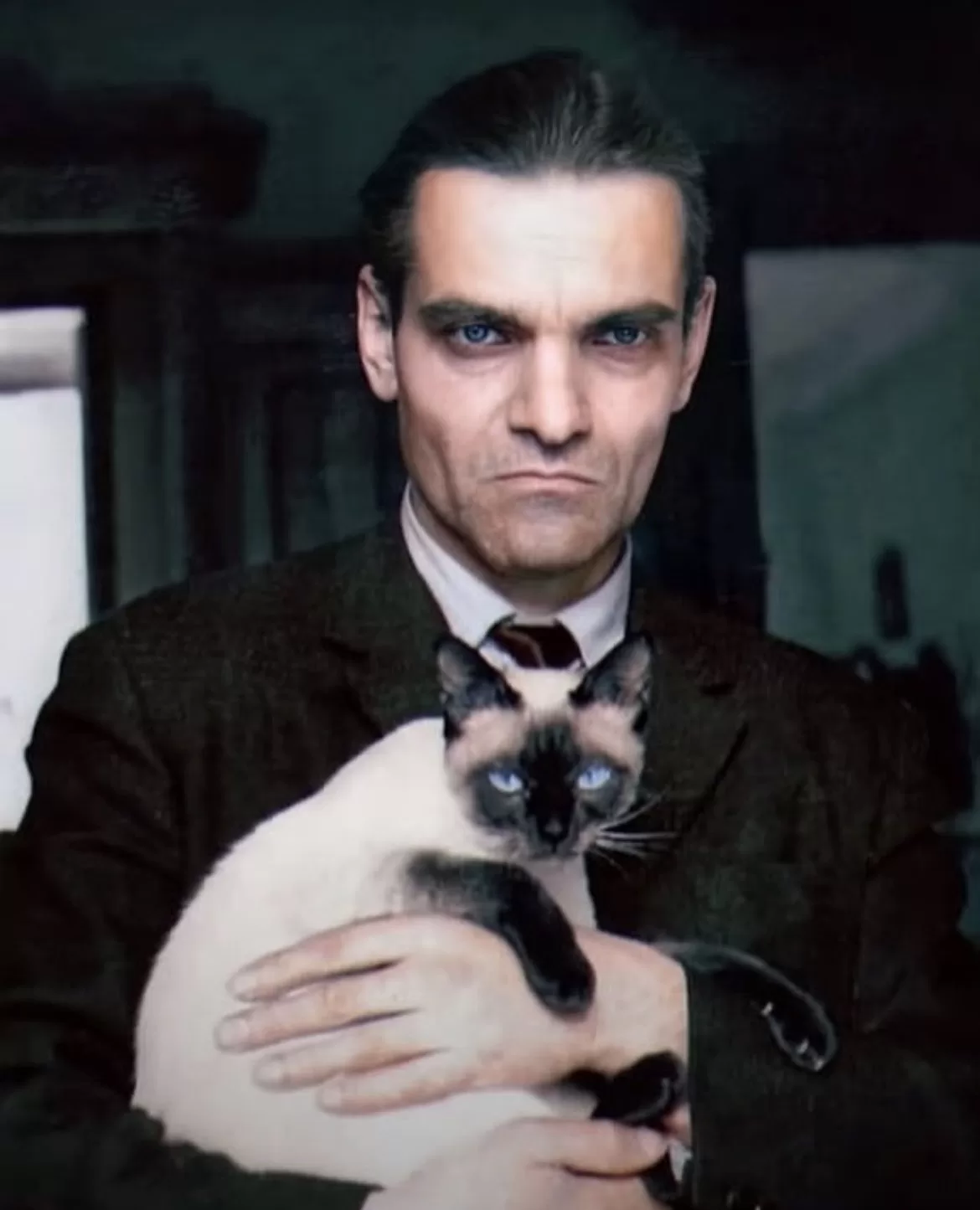
Who managed to decipher Maya script?
Yuri Knorozov is one of the scientists who managed to decipher Maya script without having seen the real codices.
Thanks to the Soviet scholar Yuri Knorozov, it became possible to understand Maya writing. We owe this not only to him but also to his cat Asya, a beautiful Siamese that is listed as a co-author in many of his works. Yes, the Soviet linguist decoded Maya writing in 1953, and it was his habit to include Asya.

Who managed to decipher Maya script with Yuri?
However, his publishers constantly removed his cat’s name. Consequently, Knorozov used a photo with Asya as his official author’s photo, and his displeasure with the editors was well known when they cropped Asya’s name from his texts.
Another interesting fact is that Knorozov decoded Maya stelae scattered across various ruins without having visited Mexico. His great legacy lies in rejecting the idea that Maya glyphs were based on an alphabet and instead recognized them as a syllabary, representing syllables.
In fact, this viewpoint garnered several criticisms for Knorozov, and even for deciphering the Maya code, J. Eric S. Thompson, a British scholar who believed Maya writing was antiphonetic and based on ideographic principles, was dismissed.
It didn’t help much that Knorozov published his research during the Cold War when Western scholars rushed to dismiss the work of Soviet academics as contaminated by Marxist ideology. But despite all this, Yuri Knorozov found the key to reading the texts of this ancient civilization. Forty years after his groundbreaking discovery, he finally visited Mexico for the first time.
Knorozov didn’t speak much about himself and gained a reputation for being a peculiar genius and a mystical person. He loved cats and, in other scientific articles, tried to publish his portrait with Aspid, another one of his cats. He also wrote a thesis on shamanism, studied the connections between the Ainu, a Kurile people, and Native Americans, worked on deciphering the script of Easter Island, and the proto-Indian language.
Yuri Knorozov visited Mexico in the early 1990s and was received like a star: almost every child still knows him there, although few people in Russia have heard of him.
Knorozov was born in 1922. He survived the famine in Soviet Ukraine and was considered unfit for military service. He studied at the Faculty of History of the National University of Kharkov when the city was occupied by the Nazis. When his family moved to Moscow, Knorozov managed to transfer to Moscow State University, where he became deeply interested in ethnography.
From Moscow, he moved to Leningrad and worked at the Ethnographic Museum. Sharing his office with other scientists, surrounded by piles of books and a small desk, Knorozov came across an article by the German scientist Paul Schellhas, who claimed that deciphering Maya writing was an unsolvable problem. The young scientist took it as a challenge.
Among the materials in the Berlin Library, he discovered a reproduction of three hand-written “Maya codices,” published in 1930. Apart from that, he came across another important document: the “Relación de las Cosas de Yucatán” (‘Account of the Things of Yucatan’) from the 16th century. It was written by a Catholic bishop from Yucatan named Diego de Landa after Mexico and the Mayans were conquered by the Spanish. In it, he provided information about the culture and writing system of this civilization, roughly outlined 30 hieroglyphs, and even suggested his own version of the alphabet using the Latin alphabet.
The decipherment of Maya writing offered a new perspective on the ancient and mysterious Maya civilization, allowing for an in-depth study of its culture and way of life, which sparked great interest worldwide, especially in the Spanish-speaking world. The scientist also published a monograph on Maya writing and was allowed to travel abroad to attend an Americanist congress in Copenhagen, where he presented his findings.
Knorozov‘s dream of seeing actual Maya writings came true only in the 1990s: 40 years had passed since his discovery, and he was an old man. The scientist also visited Guatemala, by personal invitation from its president, and then traveled to Mexico three times. Finally, he visited the major architectural monuments of the Maya for the first time: Palenque, Mérida, Uxmal, Dzibilchaltún, and many others. Additionally, he received an honorary award from the Mexican ambassador in Russia: the Order of the Aztec Eagle, of which he was very proud.
